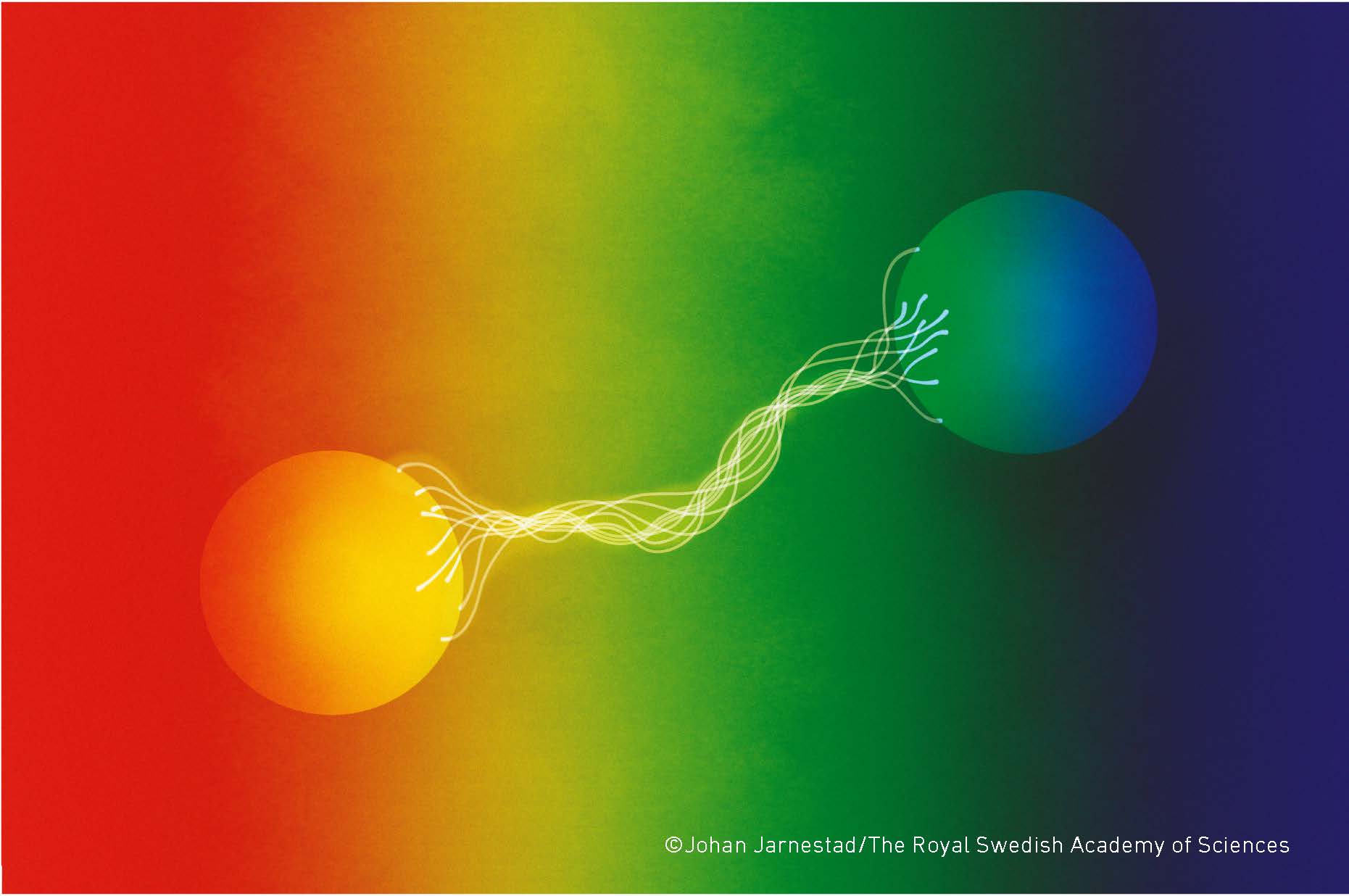
On Tuesday, October 4th, the Royal Swedish Academy of Sciences released a statement announcing that the Nobel Prize in Physics 2022 was awarded to three scientists, the French Alain Aspect, the American John F. Clauser, and the Austrian Anton Zeilinger, “for experiments with entangled photons, establishing the violation of Bell inequalities, and pioneering quantum information science.”
These so-called “entangled quantum states” describe a state in which “two particles behave like a single unit even when they are separated,” according to the press release. According to the Nobel Prize committee, the three laureates each conducted groundbreaking experiments using entangled quantum states, which in turn paved the way for the application of quantum mechanics in new technologies, such as quantum computers, quantum networks, and secure quantum-encrypted communication.
Particle activity in the “entangled state” does not require the proximity of particles for them to be acted upon. To rule out the existence of hidden variables, which may have explained this behavior in ways other than quantum mechanics, John Stewart Bell defined the so-called Bell inequality in the 1960s, effectively as a means to engage with the falsification process of the suppositions of quantum theory. All three of the 2022 laureates contributed to developing quantum mechanics further by engaging with the Bell inequality and closing important loopholes that proved that quantum mechanics cannot be replaced by a theory that uses hidden variables.
While John Clauser developed Bell’s ideas so they could be used in a practical experiment, he managed to violate the Bell inequality, thus proving the irreplaceability of quantum mechanics to describe the entangled states. Alain Aspect then closed a series of remaining loopholes in Clauser’s experiments, while Anton Zeilinger managed to develop experiments making use of such entangled states, leading up to his most famous experiment, the so-called quantum teleportation, which allowed for a quantum state to be moved from one particle to another over a distance, and earned him his nickname ‘Mr. Beam.’
Anders Irbäck, chair of the Nobel Committee for Physics, said that “it has become increasingly clear that a new kind of quantum technology is emerging. We can see that the laureates’ work with entangled states is of great importance, even beyond the fundamental questions about the interpretation of quantum mechanics.”
